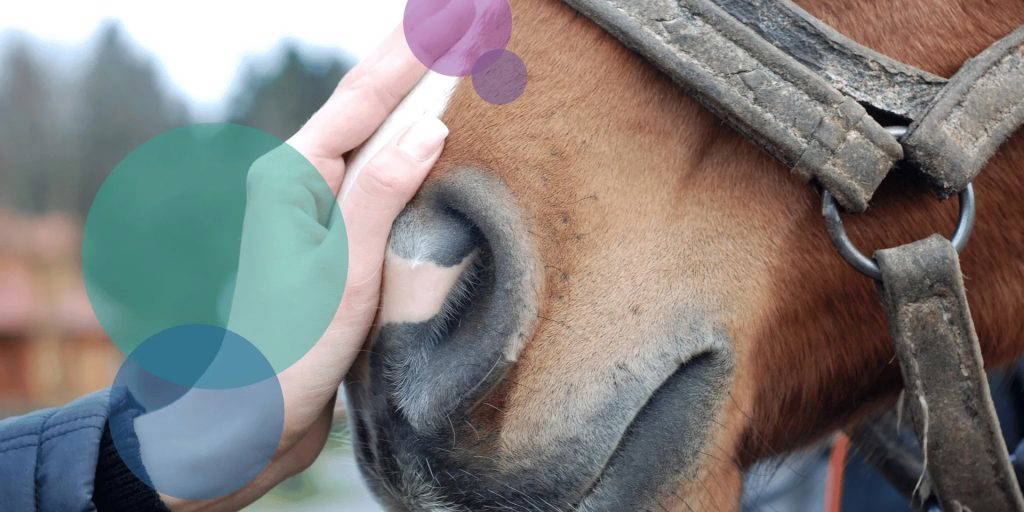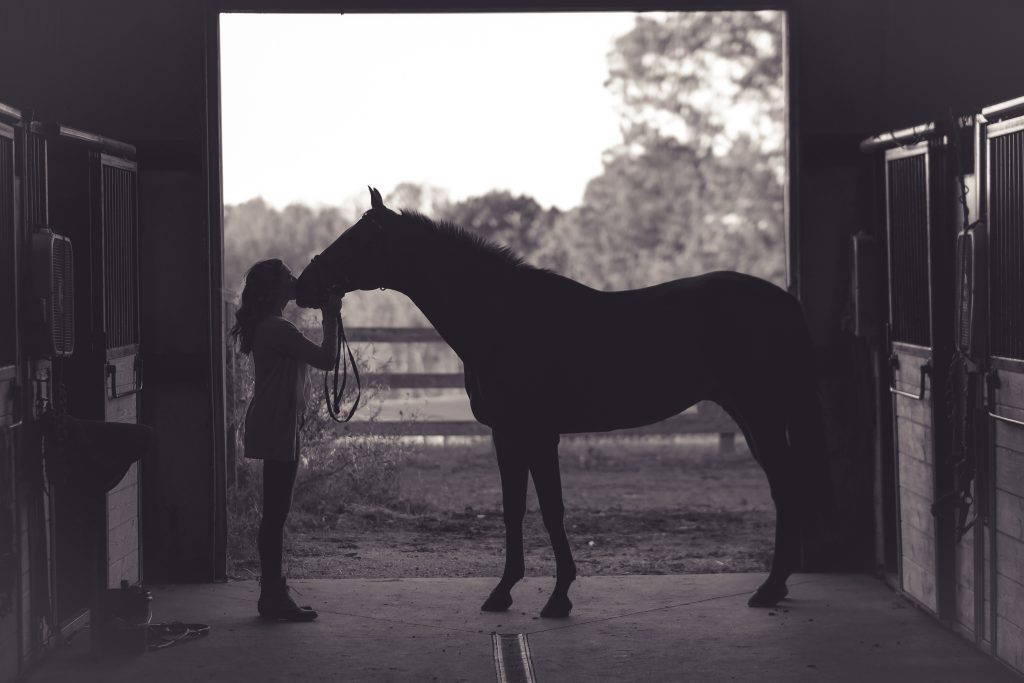Reiki has been around for a long time. It emerged from Japan in the late 18 – early 1900s and came from the Buddhist tradition. It was developed by Mikao Usui and it is reported that it was used widely in the wake of the 1922 Tokyo earthquake. Since then it has spread across the world.
The term Reiki means universal (rei) life energy (ki). I first came across it in the late 1990s as part of my training as a complementary therapist. I went on to become a Master Teacher in the early 2000s. What appealed to me most was its simplicity and ease of application, especially with animals. Not only did I observe changes in their behaviour during the sessions, owners would report back sustained changes in the following days and weeks. There were occasions when animal had not been expected to survive went on to make great recoveries.

So what constitutes good Reiki practice, especially for animals and in our case, specifically for horses? Well, not turning up in a kaftan and open-toe sandals on a yard is a good start! The real importance here is the underpinning knowledge, especially when it comes to handling horses. Reiki is always Reiki, it is only the application that changes, the frequencies of the energy adapt as needed.
The Reiki Council (The UK governing body for all Reiki organisations) tasked the Reiki for Animals sub-group with writing the National Occupational Standards (NOS). A NOS had been written for people some time earlier. It sets out expected standards of training, underpinning knowledge and behaviour for people wishing to be recognised as professional practitioners. It took us a very long time to produce them. We needed to be mindful of the law, which is far more strict with regard to the treatment of animals other than by a vet, compared to practice on people. It ensures that practitioners have a good underpinning knowledge of the specific species they are working on. Then there is the language we use. We cannot treat or diagnose. You will find that professional Reiki practitioners use the term ‘session’ rather than treatment and avoid giving any advice that could be construed as diagnosis.
A good practitioner, will always ensure that the animal has been checked by the vet before doing the first session of Reiki. There will always be something that prompts an owner to request a session and although they may say it’s just for well-being, subtle changes in behaviour could potentially indicate a health condition that needs veterinary diagnosis and treatment. This should be insisted upon by the practitioner. Reiki is complementary to veterinary care not an alternative. The two used together can improve the outcome for the horse than either used individually.
Many variations of Reiki practice have arisen since Mikao Usui, some practitioners use symbols, some don’t, some have levels, such as 1, 2 and Master, some don’t. Some will give feedback on what they sense energetically, some don’t get feedback. Most will just observe where the energy is drawn, some may attempt to direct it. This is no indication of the competence of the practitioner, just simply the traditional teaching they follow.

When I wrote my dissertation on Reiki for Horses, I used the measure of heart rate variability as an indicator. I based this on a class 1 scientific study conducted by Ann Baldwin et al on mice. She later published a book, “Reiki in Clinical Practice” setting out the effects of Reiki though scientific study. Pamlea Miles is also widely renowned for using Reiki as part of a clinical team in hospitals. Her headline findings were improved homeostasis and reduced requirement for pain medication recorded in clinical monitoring.
What do I mean by improved homeostasis? In general this means that it was shown that after Reiki, heart rates that were too high or low reduced or rose to a more normal level or blood pressure that was similarly too high or low came into normal boundaries. The body wants to maintain balance.
Why is this not widely accepted in mainstream science? These are small scale studies and to have them replicated on a large scale requires money, lots of it. Reiki practitioners belong to associations but are individuals without the resources to fund large scale projects, however, the feedback gained from happy clients is generally sufficient for them.
What to expect from a Reiki session.
Sessions are best when the yard is quiet. Turn out, bring in and feed times are best avoided, if possible. Mostly during the session, horses become very relaxed. Every practitioner works their own way, so specifically what the practitioner does during the session in best described by the person. Generally they will connect to the horse, this may be hands on or off. They will look for indicators in the behaviour of the horse that they are willing to accept. Often the session will last around an hour but the practitioner will be constantly observing the horse’s responses and may continue for longer or bring the session to a close earlier.
Results may include improvements to general health and behaviour, faster recovery from illness. Each session and each horse varies incredibly. The owners are the best ones to notice the changes.
When a Reiki Practitioner starts the session, they initially open up to the energy themselves, then they to connect to the horse. They hold the space for the horse to become deeply relaxed, with no demand to do anything, the ventral aspect of the vagus nerve becomes more active. There is a synchronisation here of the nervous systems of the person and the horse. This allows increased blood flow to the digestive system the immune system to function increases, homeostasis to be stabilised, cortisol levels to fall because the hypothalamus, pituitary, adrenal axis down-regulates.
The horse will determine the length of the session and leave or move away when they’ve had enough. I’ve had many occasions where horses in neighbouring boxes have moved to the side closest to me, and stayed there and dogs loose on the yard have decided they also want to be near. They sense it for themselves.
In the many years I have been practicing , the science is starting to explain a little of what is happening physiologically during a Reki session. I see no contradiction between the two. Science and Reiki use different words to describe the practice. You may find the odd flaky practitioner but the science shows wide-ranging benefits.
Alison Sandford BSc Applied Animal behavioural Science and Welfare, Reiki Master teacher https://rblcoaching.co.uk/about-me

Search
Recent Articles
Categories
- Advice Hub
- Athlete
- Carriage Driving
- Dentistry
- Dressage
- Endurance
- Eventing
- Farrier
- Featured
- Featured Horse Ads
- Featured Posts
- Horse Racing
- Horse's Mouth
- Horseball
- Hunting
- Le Trec
- Leisure Riders
- Mounted Games
- Nutrition
- Polo
- Polocrosse
- Reining
- Rescue & Rehabilitation
- Show Jumping
- Showing
- Tack Room
- Team Chasing
- The Pony Club
- Therapy
- Training
- Vaulting
- Veterinary




